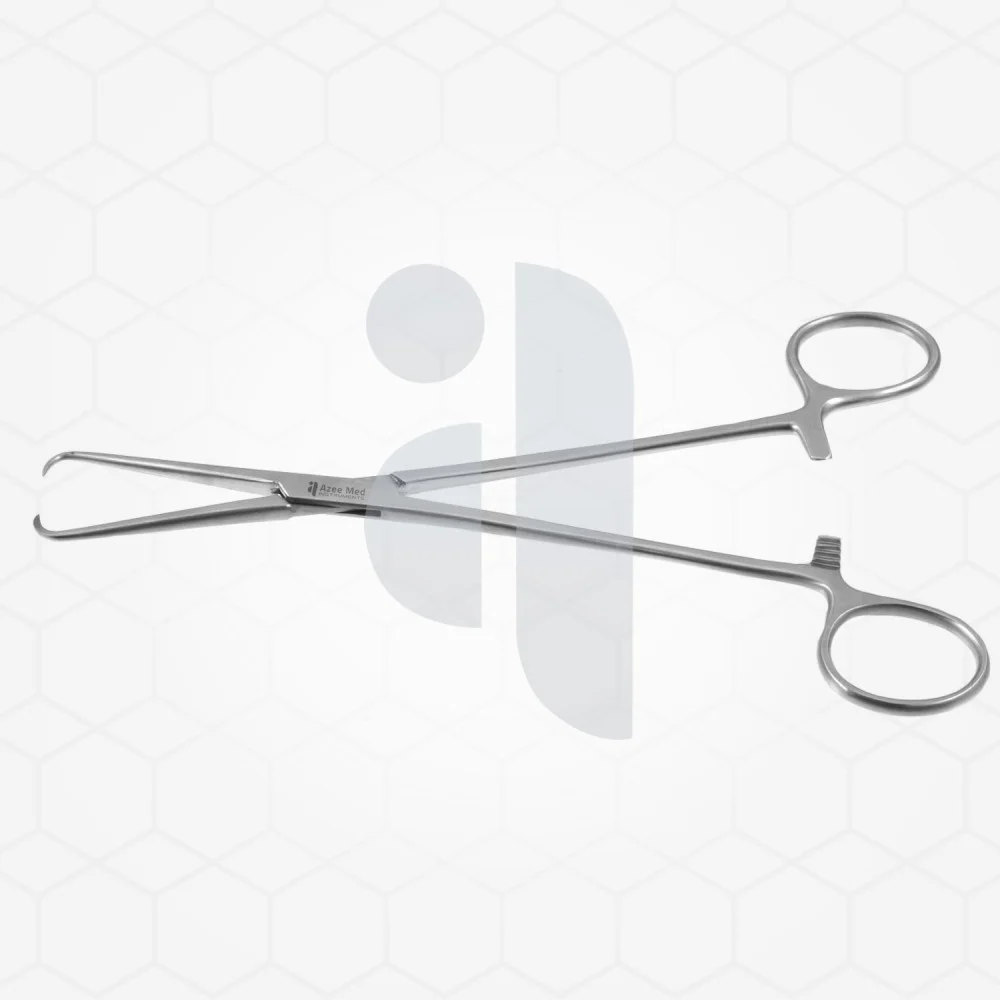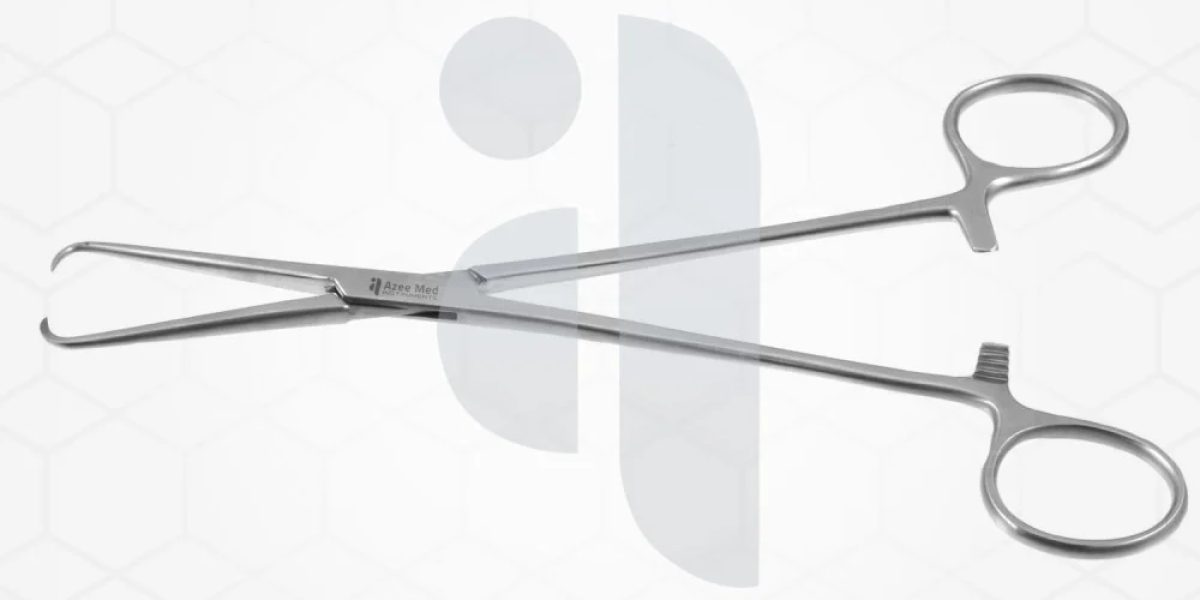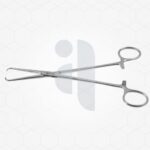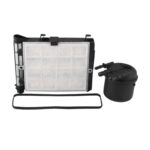Forceps are indispensable tools in the medical field, designed for precision and control during various procedures. These instruments come in a variety of forms, each tailored to specific uses and scenarios. Understanding the names and functions of forceps instruments is essential for professionals in healthcare and related fields, as it ensures proper application and safety during medical interventions.

An Overview of Forceps and Their Role
Forceps are handheld tools used by surgeons, dentists, and other medical professionals. Whether to grasp, hold, compress, or dissect tissue, forceps offer the precision required for delicate and intricate procedures. The design of forceps typically features two lever arms joined at a pivot point. Depending on the application, the tips of the forceps may vary significantly in shape and size. Some are designed for general use, while others are highly specialized, catering to niche medical needs.
Common Types of Forceps Instruments
The names of forceps often hint at their specific purpose, the type of tissue they interact with, or even the individuals who invented them. For example, artery forceps, also referred to as hemostats, are primarily used to clamp blood vessels and control bleeding during surgery. Their serrated jaws provide a firm grip, making them essential in almost every operating room.
sponge holding forceps also known as dressing forceps, are another widely recognized category. These are non-locking instruments often used to hold or manipulate dressing materials or to grasp tissue during suturing. A notable subtype is the Adson forceps, designed for precision handling in delicate surgical procedures.
Kelly forceps, available in both straight and curved varieties, serve as versatile tools in general surgery. Their partially-serrated jaws are ideal for holding medium-sized tissues or clamping blood vessels. Similarly, Allis forceps are designed with interlocking teeth at the tips, making them perfect for holding or retracting tough tissues during procedures.
Specialized Forceps Instruments and Their Names
Beyond the more general categories, there are highly specialized forceps tailored for unique scenarios. For instance, the Mosquito forceps are small, slender instruments crafted for intricate surgeries involving miniature blood vessels or delicate tissue. Their precise grip ensures minimal damage to surrounding areas.
Tissue forceps such as Debakey forceps are crucial in vascular surgery. Their smooth edges and atraumatic grip minimize tissue damage, which is critical in procedures demanding the utmost care. Meanwhile, obstetric forceps, like the Simpson or Kielland forceps, are specifically designed for assisting in childbirth, offering a safe way to guide the baby during delivery.
Another example is the Magill forceps, commonly used in fields such as anesthesiology. These instruments are instrumental in placing endotracheal tubes or removing foreign bodies from the airway. Such specialized names and designs highlight the breadth of forceps applications across medical disciplines.
The Importance of Choosing the Right Forceps
Selecting the correct type of forceps for a procedure can significantly impact outcomes. With so many variations available, healthcare providers must have a comprehensive understanding of each instrument. Using the wrong forceps may not only hinder precision but also pose risks to the patient, such as tissue damage or ineffective handling.
Forceps’ design is not merely about function but also ergonomics. Many are crafted with textured grips to prevent slippage, ensuring better control for surgeons even during long and intricate procedures. Their construction, often from high-quality stainless steel, ensures durability and ease of sterilization, crucial in maintaining hygiene.
Conclusion
Forceps instruments, with their wide range of names and applications, remain critical to medical practice. Each type, from artery forceps to specialized instruments like obstetric or Magill forceps, serves a unique purpose, showcasing their importance in ensuring successful and safe medical care. Understanding the names, designs, and specific uses of forceps helps professionals ensure optimal performance and patient safety. As medical technology evolves, the role of forceps will likely continue to grow, adapting to meet the demands of modern healthcare.












